Computer memory and mass storage devices pdf
Mass storage devices are used to store your files in your PC. Windows provides ready access to storage media in your computer via the Computer window. In Windows XP, the window is titled My Computer. Windows provides ready access to storage media in your computer via the Computer …
11/12/2018 · All of the mass storage devices require a computer to function properly, because a computer is needed to move files to and from the storage devices. Hard drives are amongst the most common types of mass storage devices.
Main memory refers to physical memory that is internal to the computer. The word main is used to distinguish it from external mass storage devices such as disk drives . Other terms used to mean main memory include RAM and primary storage.
Importing pictures from memory stick via a mass storage device I have a Dynex Mini Memory Card reader / writer (a mass storage device) which I have plugged into the USB port on my Windows 7 computer to import pictures from my camera memory stick.
Computer memory is the storage space in computer where data is to be processed and instructions required for processing are stored. The memory is divided into large number of …
Flash memory is a type of storage device that uses electronic memory. Flash memory comes in a variety of ways and is known as a solid state storage device, meaning “there are not moving parts – everything is electronic instead of mechanical.” Flash memory is used in many different devices, such as, computers, digital cameras, and mobile phones. Flash memory is a type of EEPROM chip
14/03/2017 · Ever wonder what the difference was between computer memory (RAM) and storage (hard drive space)? Today we will explain the difference between the two.
2) Mass Storage: The Capacity of these Devices is very high means we can Store the Huge Amount of data into the Secondary Storage Devices. We can Store data into the Secondary Storage Devices in the form of Giga Bytes and Tera Bytes.
COMPUTER STORAGE DEVICES Class: Comp. Sc A/L By: DZEUGANG PLACIDE Computer data storage, often called storage or memory, refers to computer components and recording media that retain digital data used for computing for some interval of time. Computer data storage provides one of the core functions of the modern computer, that of information retention. Many different forms of storage…
devices, memory, and scheduling of application software • Application software – Mission-specific software which does work required by the user or the mission rather than in support of the computer. Computer System Specification 1. Allocate mission and system requirements to computer systems 2. Define the computer system’s operational modes and states 3. Functionally partition and
Modern mass storage devices include all types of disk drives and tape drives. Mass storage is distinct from memory , which refers to temporary storage areas within the computer . Unlike main memory , mass storage devices retain data even when the computer is turned off.
devices and the resulting effects on the uses of the devices Explain the performance characteristics of mass-storage devices Discuss operating-system services provided for mass storage,
A mass storage device (MSD) is any storage device that makes it possible to store and port large amounts of data across computers, servers and within an IT environment. MSDs are portable storage media that provide a storage interface that can be both internal and external to the computer.
Memory-Cards-External-Storage/b… Amazon.com
https://youtube.com/watch?v=o-T3V9WgoSg

Mass storage Wikipedia
Magnetic tape allows for inexpensive mass storage of information and is a key part of the computer revolution. The IBM 726 was an early and important practical high-speed magnetic tape system for electronic computers.
17/01/2017 · — Created using PowToon — Free sign up at http://www.powtoon.com/youtube/– Create animated videos and animated presentations for free. PowToon is a free tool that
In this unit you will learn the differences between computer memory and computer storage. Memory and storage are important concepts to master in Information Technology. The two terms are often used interchangeably, so it is important to understand the key differences.
Examples of computer storage. Magnetic storage devices. Today, magnetic storage is one of the most common types of storage used with computers. This technology found mostly on extremely large HDDs or hybrid hard drives.
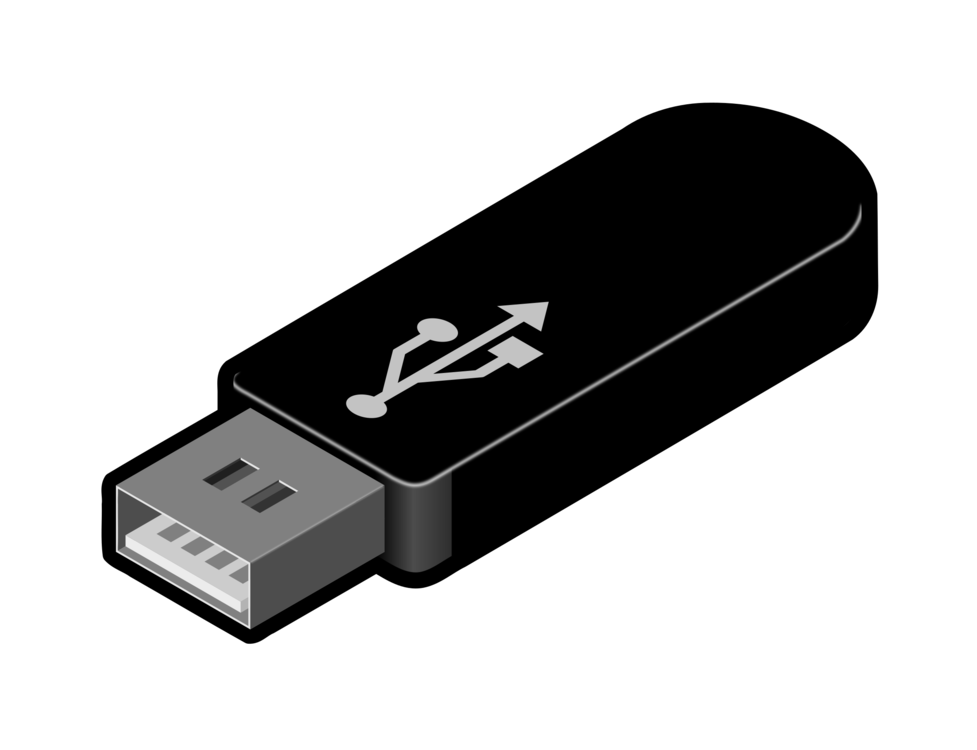
Main memory– This is the RAM that you see measured in megabytes when you buy a computer. Secondary memory — This is most often some sort of rotating magnetic storage that keeps applications and data available to be used, and serves as virtual RAM under the control of the operating system.
ter, or mass-storage host, is the computer that reads and writes to the storage media. Special-purpose mass-storage devices can function as mas- ters on their own and can also permit a PC or other USB host to func-tion as the master. If one master adds, deletes, or changes a file and the other master isn’t aware of the changes, confusion or worse problems can result. Devices that support two
backing storage. So you can see how a computer system uses two types of memory: Main memory holds all of the essential memory that tells your computer how to be a computer. Backing storage holds the information that you store on backup storage devices. Note: Memory is another term used for storage. Uses of Main and Backing Storage Main memory is a temporary area for holding data, …
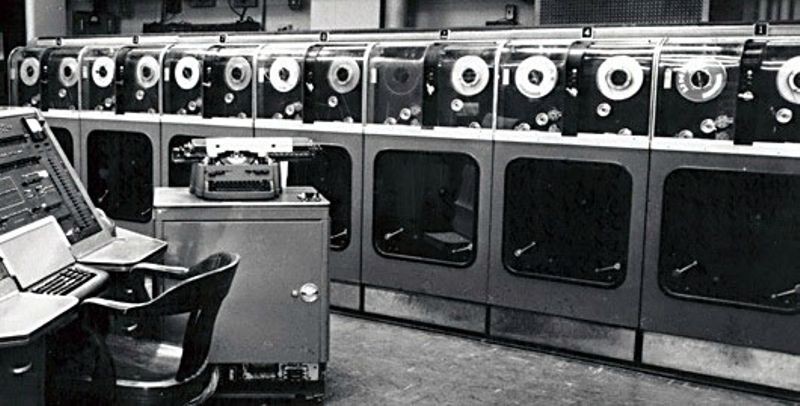
Mass Storage – Disks We are concerned here with storing large amounts of data (and programs) permanently , hence another name for these devices is long term storage devices . In relation to RAM, or primary memory , they are also sometimes called secondary memory .
In computer architecture, the memory hierarchy separates computer storage into a hierarchy based on response time. Since response time, complexity, and capacity are related, the levels may also be distinguished by their performance and controlling technologies. [1]
Storage Devices . Storage devices are the computer hardware used to remember/store data. There are many types of storage devices, each with their own benefits and drawbacks.
§ Mass storage device (slower, cheaper, long-term memory): Allows a computer to permanently retain large amounts of data and programs between jobs. Common mass storage devices include disk drives
Earlier data storage devices used to mainly be Floppy drives which had a small storage space. However, with the development of computer technology, we today have pen drives, CD/DVD devices and other removable media to store and transfer data.
Solid state storage devices store computer data on non-volatile “flash” memory chips rather than by changing the surface properties of a magnetic or optical spinning disk. With no moving parts solid state drives (SSDs) — are also very much the future for almost all forms of computer storage.
A mass storage device located inside a computer’s system unit External Hard Drive A hard drive located in a separate case and sits outside of your computer’s system unit
It is the future of computer memory storage devices. It is more expensive than a It is more expensive than a floppy disc; however the price has been coming down significantly.
Practice storage devices and media multiple choice questions (MCQs), main memory storage quiz questions and answers. ETS GRE test prep on backing stores, types of storage tutorials for online computer knowledge courses distance learning.
https://youtube.com/watch?v=_RlxCc0M6Ko
Spacecraft Computer Systems MIT OpenCourseWare
types of memories and storage device and computer 1. In computing memory refers to the physical devices used to store programs (sequences of instructions) or data (e.g. program state information) on a temporary or permanent basis for use in a computer or other digital electronic device.
2.15 Mass Storage Devices 2.1 INTRODUCTION Computers are used to perform various tasks in science, engineering, business, education, entertainment, and many other fields.
devices and a host system (CPU, main memory). I/O subsystems include: Blocks of main memory that are devoted to I/O functions. Buses that move data into and out of the system. Control modules in the host and in peripheral devices Interfaces to external components such as keyboards CS 2401 Comp. Org. & Assembly Input/Output and Storage Systems — Chapter 7 9 and disks. Cabling or …
the difference between memory and storage People often confuse the terms memory and storage, especially when describing the amount they have of each. The term memory refers to the amount of RAM installed in the computer, whereas the term storage refers to the capacity of the computer…
The computer has primary memory and secondary memory, which are functioning as storage devices. we already discussed memory unit in earlier chapters briefly. Here we will discuss in a detailed manner about storage devices and components of central processing unit and CPU operations with memory utilization.
12/06/2018 · Mass Storage Devices The first invention that revolutionized storage for the personal computer industry was the introduction of floppy disks. Similar to tape, these magnetic storage devices were flat discs that rotated within a sleeve.
Online shopping for Computers & Accessories from a great selection of USB Flash Drives, External Hard Drives, External Optical Drives, Network Attached Storage & more at everyday low prices.
Navigate Mass Storage Devices in Your Windows PC dummies
Bubbles and CCD memories-Solid state mass storage by J. EGIL JULIUSSEN Texas Instruments Incorporated Dallas, Texas INTRODUCTION In the last year significant technical advances have taken place in the development of magnetic bubble memories (MBM) and charge coupled devices (CCD). The first bubble memory chip has been introduced with bigger and better chips under development. …
All references to DVD devices and media in the optical storage section can be considered to also include RMS devices and media. For more information about RMS media and devices, see Removable Mass Storage (RMS) .
Meet the computer storage team Review and compare Portable media storage device reviews We test desktop hard drives, SSD and flash drives, including models …
The distinctions also reflect an important and significant technical difference between memory and mass storage devices, which has been blurred by the historical usage of the term storage. Nevertheless Storage device. A storage device is a hardware device capable of storing information. There are two types of storage devices used in computers; a primary storage device such as computer …
Professor Fredrick C. Williams and his colleagues developed the first random access computer memory at the University of Manchester located in the United Kingdom. He used a series of electrostatic cathode-ray tubes for digital storage. A storage of 1024 bits of information was successfully implemented in 1948.
Computer memory is used to store data and instructions or in other words we can say memory is a storage space where data has be processed and stored and same with the instructions. Memory is divided into cells with the large number of small parts for example if memory space is 32k words then the storage location is 32×1024=32768 means the address location varies from 0 to 32767.
Mass-Storage Structure UIC Computer Science
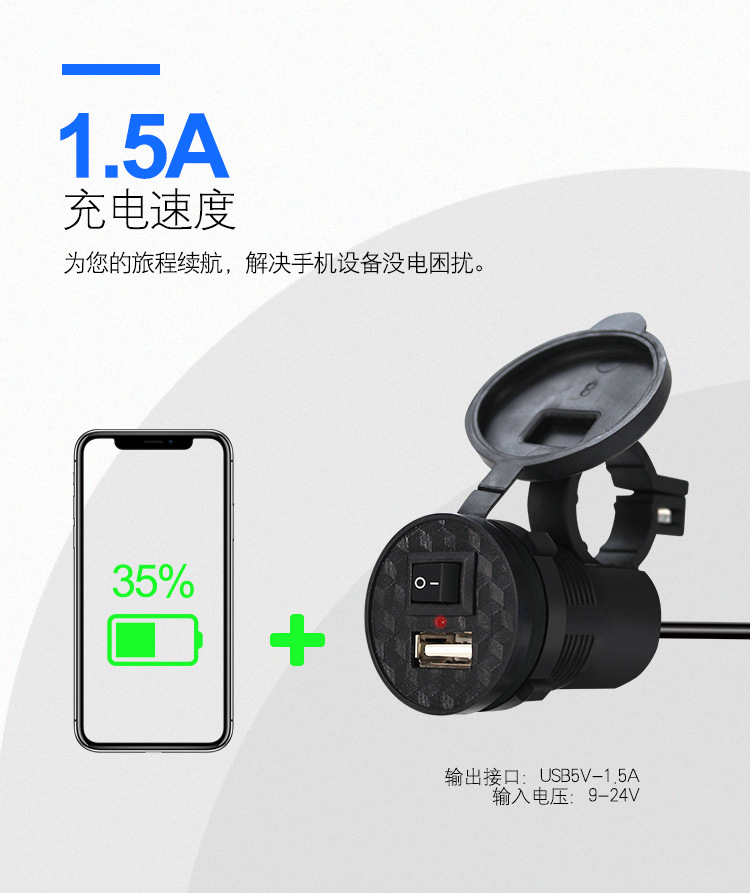
computer memory and data storage devices synonyms and
Its the DC100 Data Cartridge, a 3.5″ digital data and program mass storage unit developed to fit into thee HP9825 desk computer, launched in 1976 with a 16-bit “triple core” hybrid microprocessor – fantastic for numerical processing, interfacing and automation and years ahead of the 8-bit microcomputers from APPLE and IBM PC with 5.25″ floppy disk drives.
Devices and/or systems that have been described as mass storage include tape libraries, RAID systems, and a variety of computer drives such as hard disk drives, magnetic tape drives, magneto-optical disc drives, optical disc drives, memory cards, and solid-state drives.
Data Storage Unit Providing Ultra-Dense Embedded Mass Storage New Sensors Mean Oceans of Data Sophisticated new ISR sensors are generating over-whelming amounts of data on each mission, vastly more data than can be transmitted to the ground via data links. The obvious solution is to store data on the platform for processing, exploitation, and dissemination (PED) or post-mission forensics. The
For internal data storage needs, our internal hard drives and internal solid state drives are available. We also offer a range of other options, including tape libraries, external zip …
are typically about a million times slower than memory. Rotating optical storage devices, such as CD and DVD drives, have even longer access times. Some other examples of secondary storage technologies are: flash memory (e.g. USB flash drives), floppy disks, magnetic tape, paper tape, punched cards, stand-alone RAM disks, and Zip drives. Tertiary storage or tertiary memory provides …
Computer’s memory can be classified into two types – RAM and ROM. RAM or Random Access Memory is the central storage unit in a computer system. It is the place in a computer where the operating system, application programs and the data in current use are kept temporarily so that they can be accessed by the computer’s processor. The more RAM a computer has, the more data a computer …
Memory & Storage Flashcards Quizlet
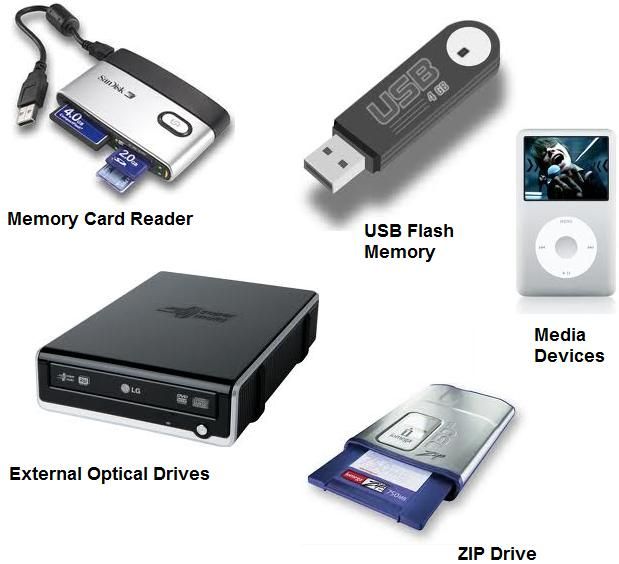
Computer – Storage Devices – Memory Unit and Processor
Free thesaurus definition of computer memory and data storage devices from the Macmillan English Dictionary – a free English dictionary online with thesaurus …
USB memory sticks (“thumb drives”), multi-card readers and many digital cameras appear as a new disk drive when they are plugged into the USB port of a computer. These devices all use the Mass Storage Device (MSD) class to communicate with the computer. This application note will cover how to modify the Microchip USB Device Firmware Framework to create a Mass Storage Device. It is assumed
Computer memory is the storage space in computer where data is to be processed and instructions required for processing are stored. The memory is divided into large number of small parts. Each part is called a cell. Each location or cell has a unique address which varies from zero to memory size minus one. For example if computer has 64k words, then this memory unit has 64 * 1024 = 65536
External Devices and Data Storage Amazon.co.uk


https://youtube.com/watch?v=TIJ4CQQShBw
Bubbles and CCD memories-Solid state mass storage
What is Computer Memory Vs Storage YouTube
Storage Devices Computer Science GCSE GURU
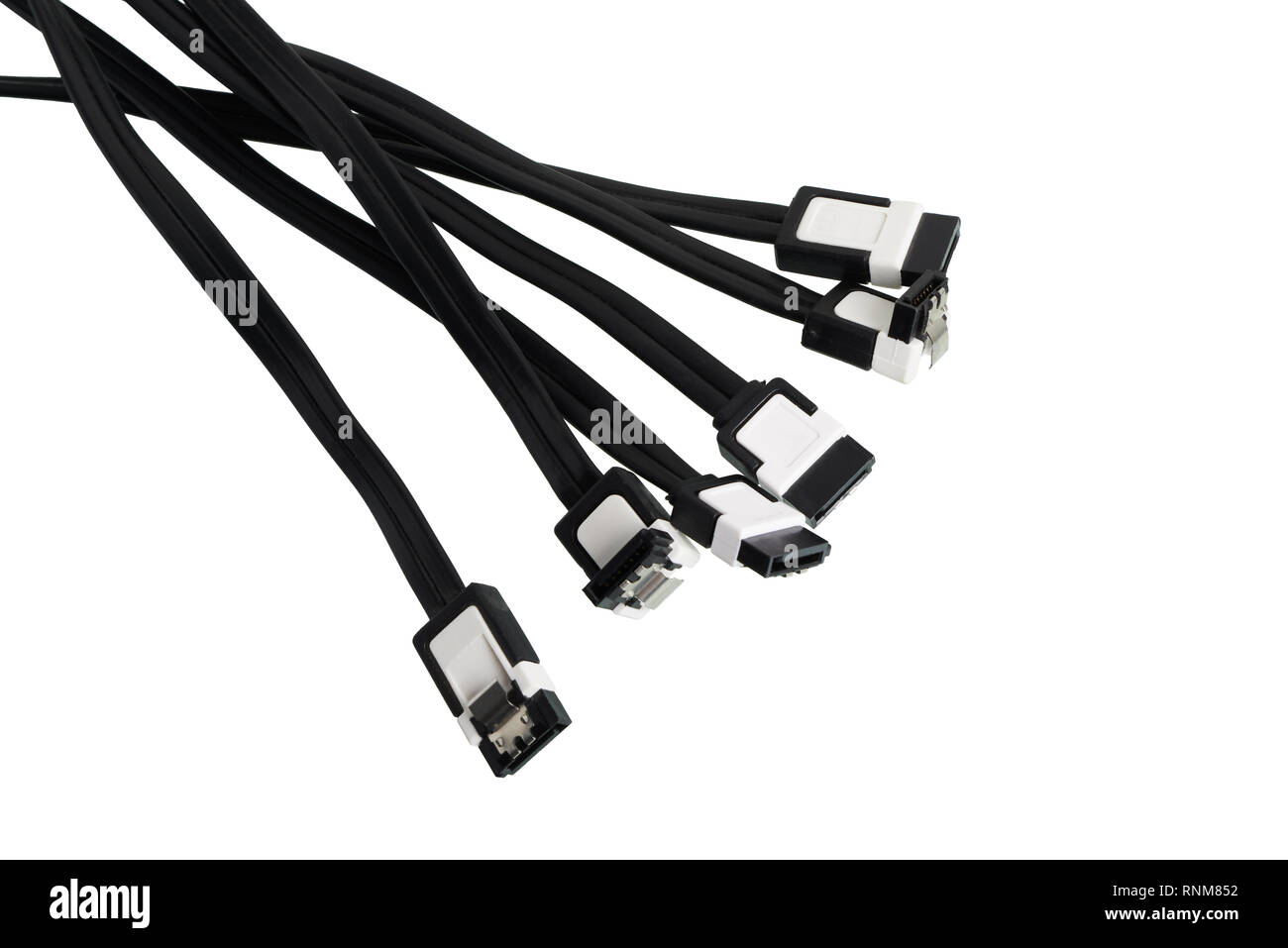
Main Memory Storage MCQs Quiz Questions Answers
https://youtube.com/watch?v=Lluk26qiNXw
What Are the Different Types of Mass Storage Devices?
Implementing a Mass Storage Device Using the Microchip USB
Memory & Storage Flashcards Quizlet
Solid state storage devices store computer data on non-volatile “flash” memory chips rather than by changing the surface properties of a magnetic or optical spinning disk. With no moving parts solid state drives (SSDs) — are also very much the future for almost all forms of computer storage.
Computer memory is the storage space in computer where data is to be processed and instructions required for processing are stored. The memory is divided into large number of …
All references to DVD devices and media in the optical storage section can be considered to also include RMS devices and media. For more information about RMS media and devices, see Removable Mass Storage (RMS) .
devices and the resulting effects on the uses of the devices Explain the performance characteristics of mass-storage devices Discuss operating-system services provided for mass storage,
Modern mass storage devices include all types of disk drives and tape drives. Mass storage is distinct from memory , which refers to temporary storage areas within the computer . Unlike main memory , mass storage devices retain data even when the computer is turned off.
Its the DC100 Data Cartridge, a 3.5″ digital data and program mass storage unit developed to fit into thee HP9825 desk computer, launched in 1976 with a 16-bit “triple core” hybrid microprocessor – fantastic for numerical processing, interfacing and automation and years ahead of the 8-bit microcomputers from APPLE and IBM PC with 5.25″ floppy disk drives.
Main memory refers to physical memory that is internal to the computer. The word main is used to distinguish it from external mass storage devices such as disk drives . Other terms used to mean main memory include RAM and primary storage.
Mass-Storage Structure UIC Computer Science
Implementing a Mass Storage Device Using the Microchip USB
Bubbles and CCD memories-Solid state mass storage by J. EGIL JULIUSSEN Texas Instruments Incorporated Dallas, Texas INTRODUCTION In the last year significant technical advances have taken place in the development of magnetic bubble memories (MBM) and charge coupled devices (CCD). The first bubble memory chip has been introduced with bigger and better chips under development. …
devices and the resulting effects on the uses of the devices Explain the performance characteristics of mass-storage devices Discuss operating-system services provided for mass storage,
All references to DVD devices and media in the optical storage section can be considered to also include RMS devices and media. For more information about RMS media and devices, see Removable Mass Storage (RMS) .
Computer memory is used to store data and instructions or in other words we can say memory is a storage space where data has be processed and stored and same with the instructions. Memory is divided into cells with the large number of small parts for example if memory space is 32k words then the storage location is 32×1024=32768 means the address location varies from 0 to 32767.
17/01/2017 · — Created using PowToon — Free sign up at http://www.powtoon.com/youtube/– Create animated videos and animated presentations for free. PowToon is a free tool that
§ Mass storage device (slower, cheaper, long-term memory): Allows a computer to permanently retain large amounts of data and programs between jobs. Common mass storage devices include disk drives
devices, memory, and scheduling of application software • Application software – Mission-specific software which does work required by the user or the mission rather than in support of the computer. Computer System Specification 1. Allocate mission and system requirements to computer systems 2. Define the computer system’s operational modes and states 3. Functionally partition and
It is the future of computer memory storage devices. It is more expensive than a It is more expensive than a floppy disc; however the price has been coming down significantly.
2) Mass Storage: The Capacity of these Devices is very high means we can Store the Huge Amount of data into the Secondary Storage Devices. We can Store data into the Secondary Storage Devices in the form of Giga Bytes and Tera Bytes.
In computer architecture, the memory hierarchy separates computer storage into a hierarchy based on response time. Since response time, complexity, and capacity are related, the levels may also be distinguished by their performance and controlling technologies. [1]
11/12/2018 · All of the mass storage devices require a computer to function properly, because a computer is needed to move files to and from the storage devices. Hard drives are amongst the most common types of mass storage devices.
14/03/2017 · Ever wonder what the difference was between computer memory (RAM) and storage (hard drive space)? Today we will explain the difference between the two.
What Are the Different Types of Mass Storage Devices?
Memory & Storage Timeline of Computer History Computer
All references to DVD devices and media in the optical storage section can be considered to also include RMS devices and media. For more information about RMS media and devices, see Removable Mass Storage (RMS) .
backing storage. So you can see how a computer system uses two types of memory: Main memory holds all of the essential memory that tells your computer how to be a computer. Backing storage holds the information that you store on backup storage devices. Note: Memory is another term used for storage. Uses of Main and Backing Storage Main memory is a temporary area for holding data, …
12/06/2018 · Mass Storage Devices The first invention that revolutionized storage for the personal computer industry was the introduction of floppy disks. Similar to tape, these magnetic storage devices were flat discs that rotated within a sleeve.
14/03/2017 · Ever wonder what the difference was between computer memory (RAM) and storage (hard drive space)? Today we will explain the difference between the two.
Examples of computer storage. Magnetic storage devices. Today, magnetic storage is one of the most common types of storage used with computers. This technology found mostly on extremely large HDDs or hybrid hard drives.
Meet the computer storage team Review and compare Portable media storage device reviews We test desktop hard drives, SSD and flash drives, including models …
Online shopping for Computers & Accessories from a great selection of USB Flash Drives, External Hard Drives, External Optical Drives, Network Attached Storage & more at everyday low prices.
It is the future of computer memory storage devices. It is more expensive than a It is more expensive than a floppy disc; however the price has been coming down significantly.
